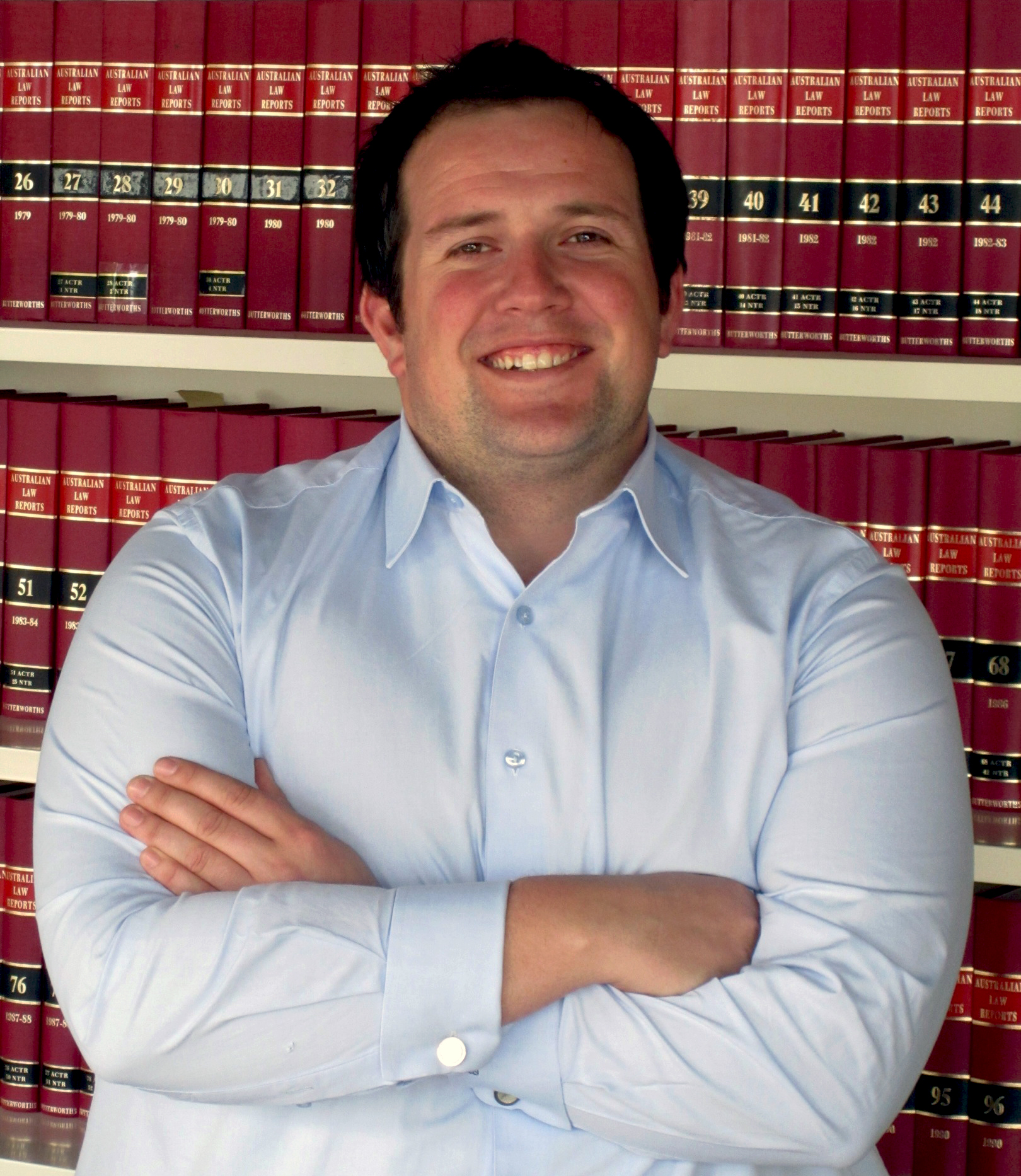 We recently caught up with Anthony Bleasdale, Chief Executive Officer, Makinson & d’Apice Lawyers, to hear how he believes technology can rapidly improve productivity, efficiency and client service in the legal industry.
We recently caught up with Anthony Bleasdale, Chief Executive Officer, Makinson & d’Apice Lawyers, to hear how he believes technology can rapidly improve productivity, efficiency and client service in the legal industry.
Profile
For over a decade, Anthony Bleasdale has been working with law firms across North America, the United Kingdom, Europe and Australia, focusing on business strategy, knowledge and information management, and business process improvement through innovation and thought leadership. His current role as chief executive at Makinson & d’Apice sees him as one of the youngest CEO’s in the legal industry. Prior to joining Makinson & d’Apice, Anthony was general manager of Knowledge Management at Maurice Blackburn Lawyers. He is also a state and national board member of the Australasian Legal Practice Management Association.
Q: When and how did technology make its way into law firms?
A: Finance systems are the original technology in law firms, because without these systems law firms wouldn’t be able to invoice their clients. From there, different technology evolved from an identifying-needs process, or a “That firm has it, why don’t we?” way of thinking. Next, firms started to consider their own precedents – for example, the ability to create a document with a standard header and footer.
Nowadays, email, precedent automation, case and matter management, CRM, records and document management, and discovery tools are a necessity for most medium and large law firms – the technology having improved dramatically in the past 10 to 15 years.
Q: How is technology changing the legal industry?
A: There have been massive advancements in workflow technologies including records and document management, practice management tools, knowledge management, CRM, as well as cloud and mobile technologies, allowing firms to provide efficient and cost-effective services through matter life cycle. At my last firm, Maurice Blackburn, we were able to come up with custom solutions that enabled us to collate all our financial, matter management and document management content into one simple search environment, providing lawyers easy interaction with information that would otherwise take them hours or days to find.
Increased access to legal data, along with mobile technology initiatives, provides greater access to information, in court and out of the office, than ever before.
Q: What challenges has technology helped you to overcome?
A: One of the challenges for a firm with multiple locations is the need to provide access to knowledge and research tools as if everyone were in the same office. Through the use of Thomson Reuters MatterSphere product, we managed to create a consistent system across all of Maurice Blackburn’s practices to improve the interaction and sharing of ideas across teams and offices, regardless of location. For example, lawyers can operate from Perth, Rockhampton or Parramatta and work on the same matter as if they had physically passed a file between them.
Research tools and access to precedents have all been automated too, which really speeds things up. And, because MatterSphere has its own software development kit environment, we can manage changes in-house – something we could not do with the previous system.
Q: What are your top tips on implementing new technology?
A: My top tips are engage, understand and lead. Implementations of software fail because boards, partners, assistants and the real users are not consulted with regard to the change. Engaging with your staff is the lowest cost of implementation, but priceless in terms of helping you understand how practices work, where improvements can be made and providing support to the teams as they implement the new structure.
Understand the solution you want in your firm and work with your vendor as a partner, not just a provider. Decisions to change to a new technology have to be lived with every day for years. So engaging with your staff, understanding your firm’s needs and leading staff and vendors will prevent you from implementing something that isn’t what the firm wants or needs.
Lastly, acknowledge mistakes and celebrate your successes. While these experiences can be difficult, excel at these three key areas and the experience will be better than expected.
Five tips for implementing new technology:
- Engage your staff in the process
- Understand the needs of your firm
- Lead staff and vendors through the process
- Acknowledge your mistakes
- Celebrate your successes
About Makinson d’Apice Lawyers
Makinson & d’Apice is an Australian law firm committed to providing excellent legal advice and service. Founded over 150 years ago, the Sydney-based firm specialises in property and construction, corporate and commercial, strata and medium density law, charities and not-for-profits, banking and finance, insurance and commercial litigation, private clients and legal services for the education sector and business community.


